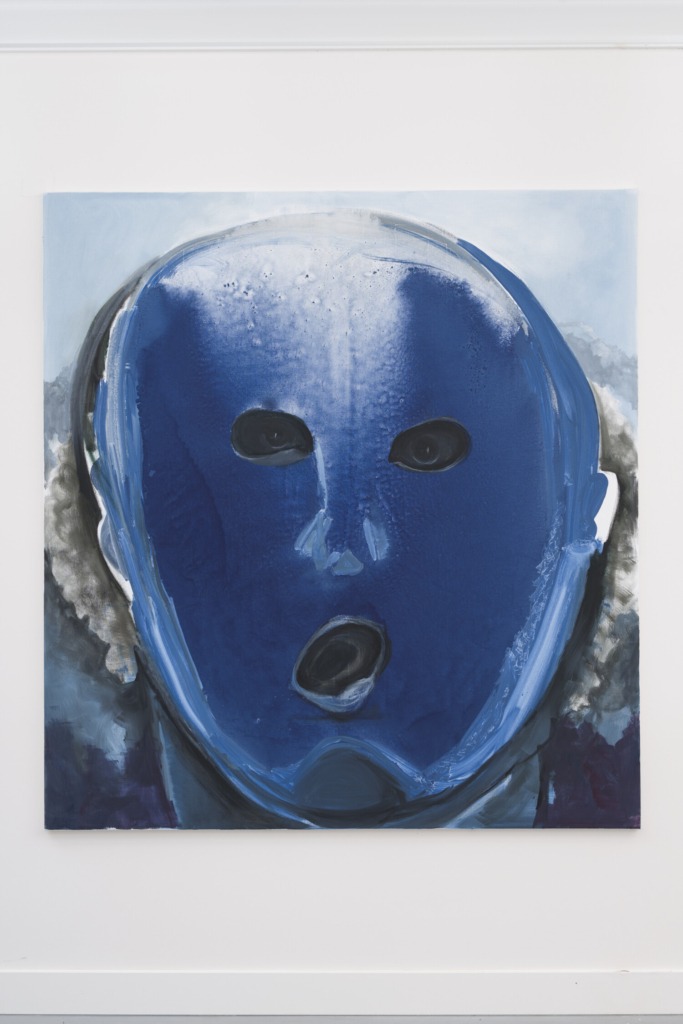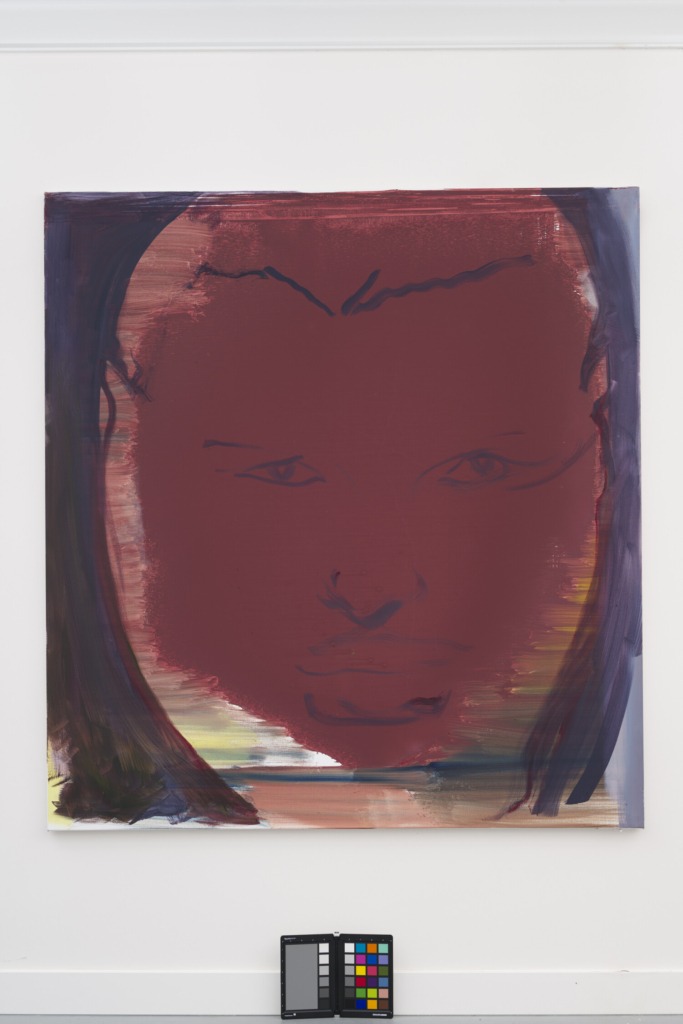The contemporary artist breaking the Louvre’s centuries-old pattern
Tara ĐukićNovember 11, 2025


November 11, 2025
When her painting Miss January was named the most expensive artwork ever sold at auction by a living female artist this May, she told me modestly, “This isn’t the first step toward equality. Many others were taken by women before me. But it is one of the steps. I want to say that the art market is only one of the places of recognition, though not necessarily the most valuable one. If other artists I respect are moved by my work, that is the greatest compliment to me.” That the art of Marlene Dumas will leave a lasting mark on history is now confirmed by the news that she has become the first contemporary female artist whose works have been included in the Louvre’s permanent collection.
Nine new paintings by the Dutch–South African artist, created specifically for this space, are now displayed on the grand wall of the Porte des Lions atrium, at the entrance to the Gallery of the Five Continents and the Louvre’s painting department, near the Grande Galerie. The proximity to some of the most famous masterpieces holds special significance, given that her artistic practice is deeply rooted in painting, constantly intertwining sources and stories in a way that mirrors the museum’s own mission. Titled Liaisons (Connections), the series portrays faces that, according to the artist, emerge under the impression of the “horrors” of the contemporary world. The Louvre’s statement notes that some faces are “more abstract, others more expressive, while a few retain traces of drawing.”

Courtesy of Louvre, photo by Anton Corbijn
“My faces are a blend of the past and the present. I cannot paint the horrors of the genocides happening today, but their shadows influence the mood in which these faces were created. Portraiture deals with resemblance and the recognition of familiar people. Faces deal with those without names. They include those who have been dehumanized refugees, people labeled as outsiders,” she said on the occasion.
Marlene Dumas, represented by David Zwirner Gallery, is known for her gestural, almost ghostly figures and unusual color combinations that together suggest the mystery of another’s heart, especially the hearts of those we think we know. The works now on view at the Louvre follow that same style: closed faces that blend into shades of pine green, earthy brown, soft orange, and faded blue.

Courtesy of Louvre, photo by Peter Cox, Eindhoven
In her work, Marlene portrays vulnerability to expose what is suppressed or unseen in everyday life. She is not just an artist, she is an artist whose art is about women. Miss January (1997) posed a series of difficult questions about appropriation and voyeurism, and the piece itself was held by the renowned Rubell family of collectors for 25 years before being sold at a Christie’s auction.
“To paint means to enter another world. It’s not my home but a kind of time tunnel — or rather, a forgetting of time. I always end up working late at night because it’s hard for me to start, but once I do, it’s hard to stop,” Marlene explained, describing how art for her is an entry into a parallel reality. Although she achieved market success only this year, she has drawn the attention of critics and audiences for decades. In 2008, she was the subject of a retrospective at the Museum of Modern Art, and she represented the Netherlands — where she lives — at the 1995 Venice Biennale. Over the years, she has participated in four major Venice Biennale exhibitions and twice in Documenta.

Courtesy of Louvre, photo by Peter Cox, Eindhoven
The exhibition arrived at the Louvre under uneasy circumstances — just weeks after a serious security breach and the theft of 19th-century crown jewels. In a statement, Louvre director Laurence des Cars described Dumas as “an obvious choice” for this initiative: “She defends and represents the medium of painting like few others, and her work is conceived as a space that brings together different sensibilities and origins. That is precisely what we wanted to achieve with the new arrangement of this gallery.”